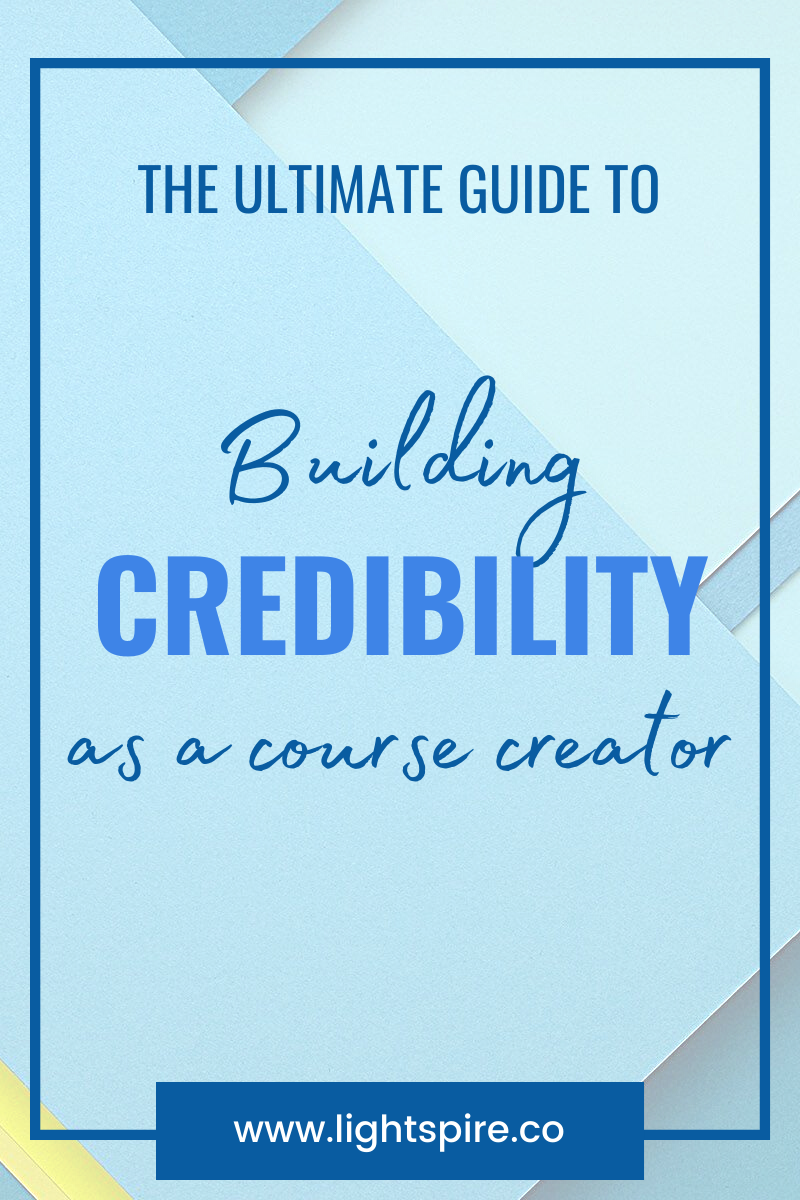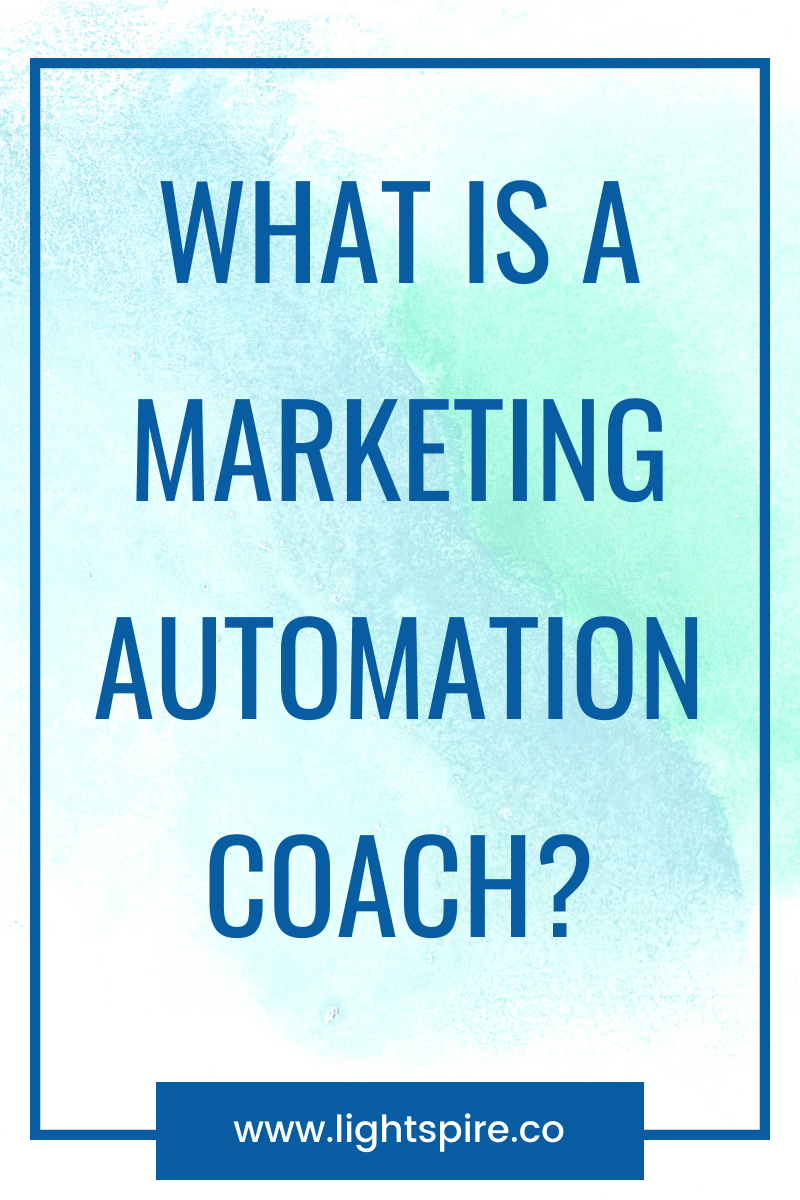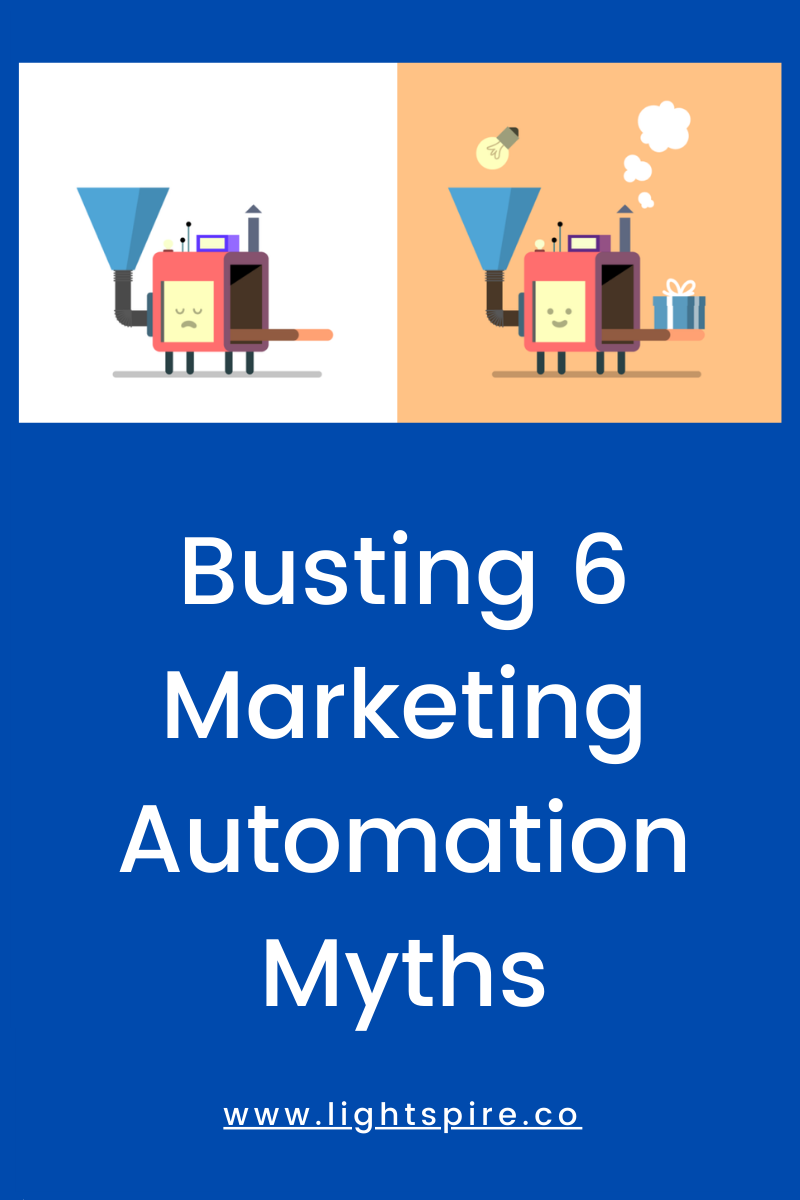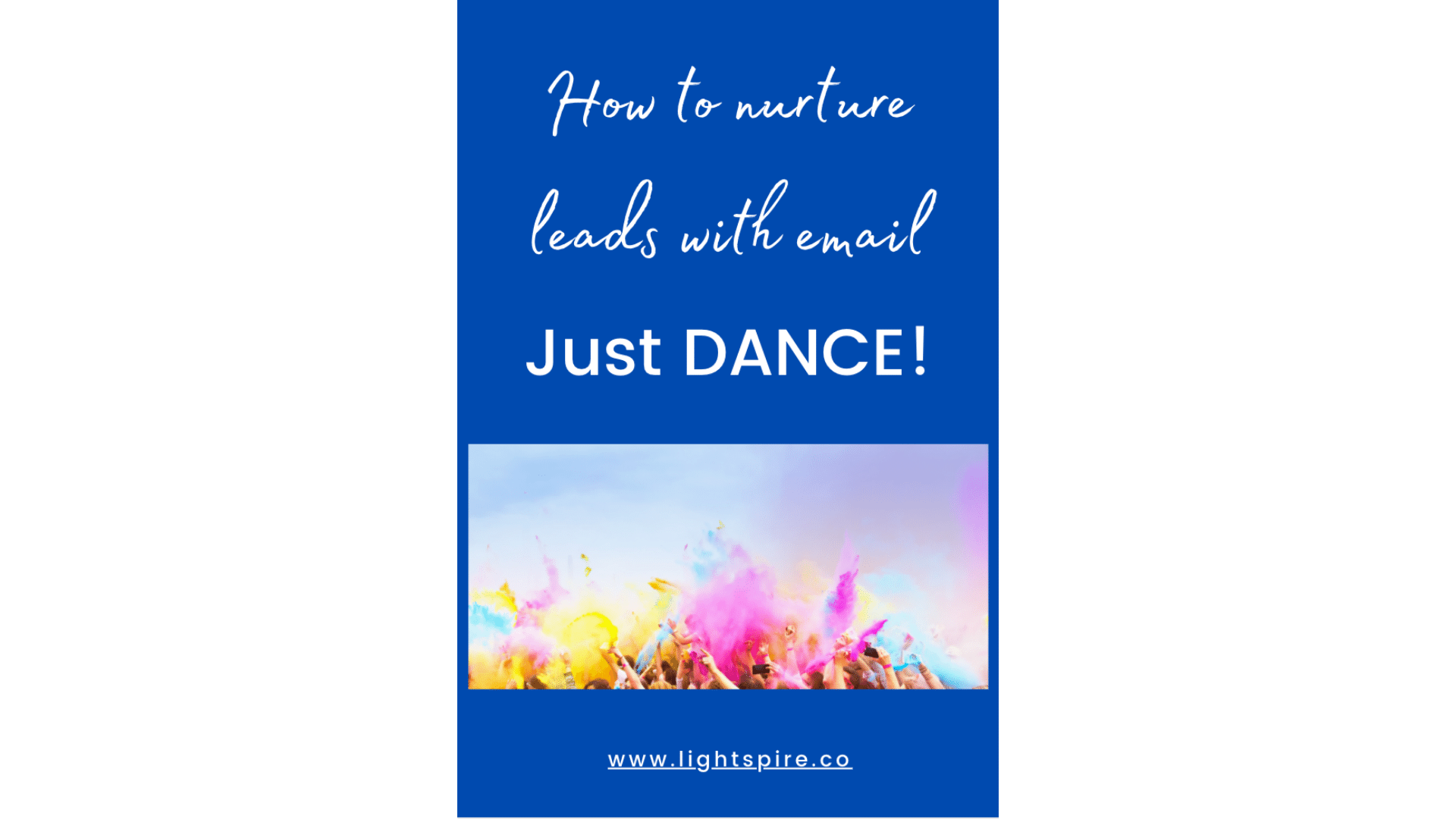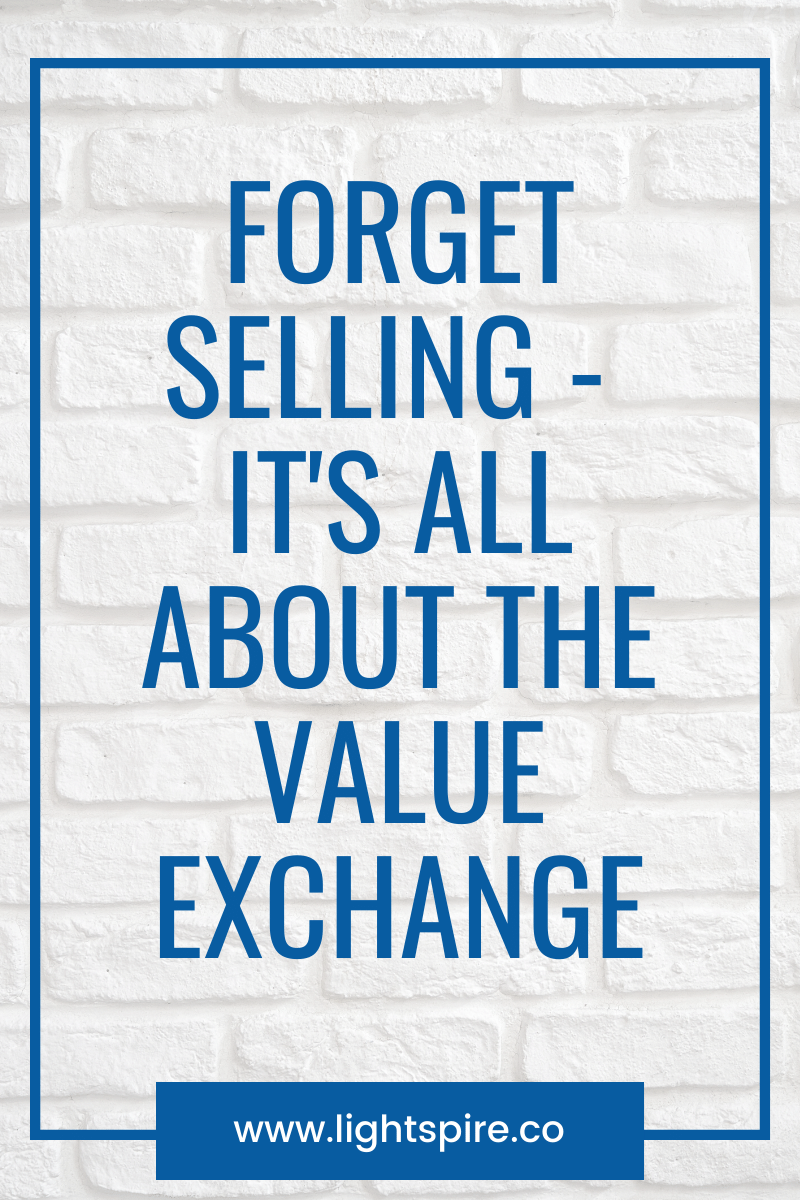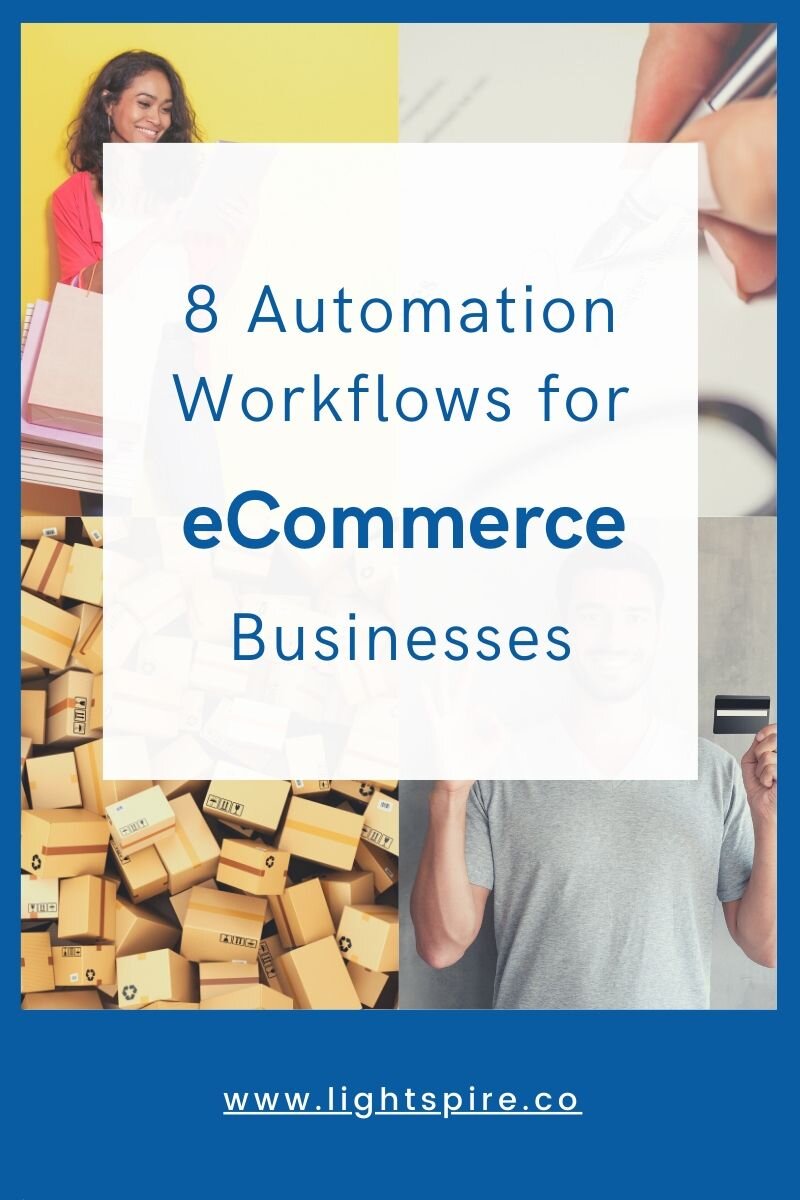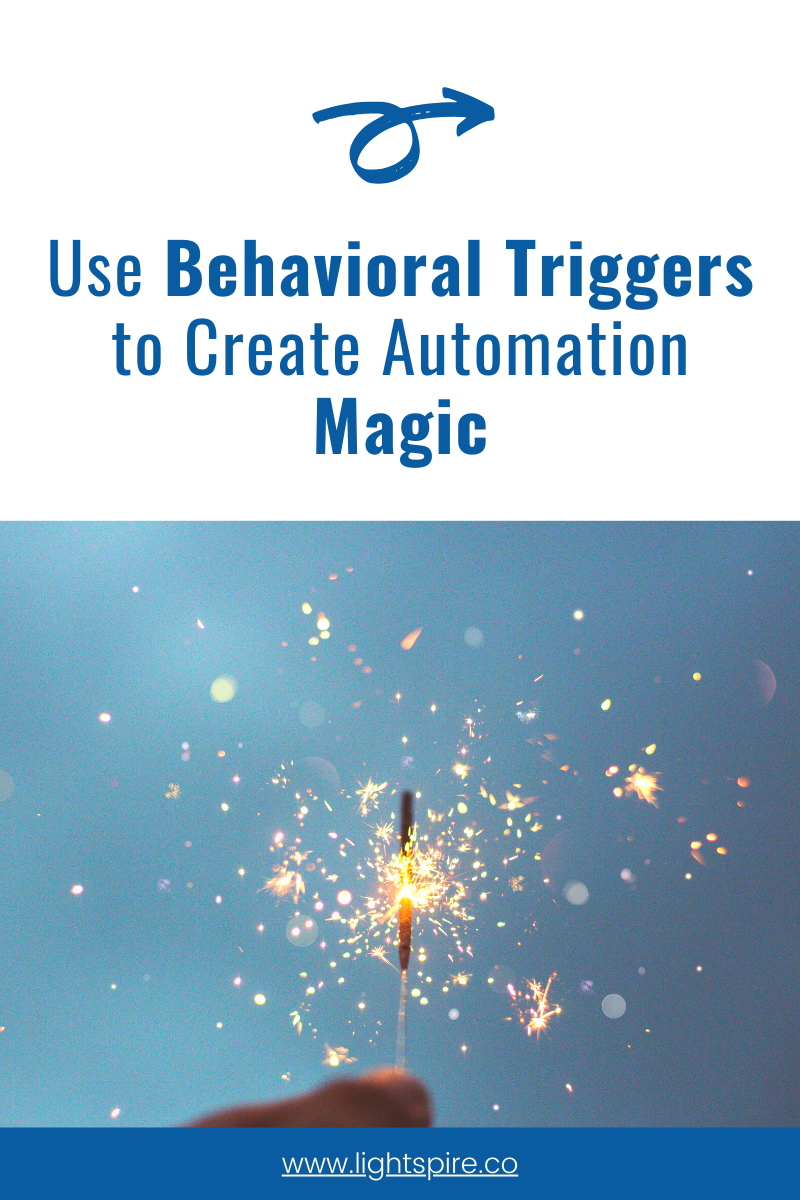8 Effective Automation Workflows for eCommerce Businesses
If you’re running an eCommerce business, you are probably on a constant search for new ways to engage with your customers, recommend appropriate products, and take advantage of opportunities to serve your audience. If you’re like me, you’re constantly on the lookout for new ways to streamline and make this work a little bit simpler. And you may already know my favorite tool for the job: automation!
You likely already know many of the benefits of marketing automation, but for eCommerce businesses it’s essential. You can be pretty sure that your competition is taking advantage of automation to reach customers - so if you’re not, you’re leaving opportunities, and money, on the table.
But where do you start? Maybe you’ve figured out the best way to segment your audience already, and you have a good idea of your marketing funnel and how customers move through it. Next step - workflows!
Below are eight effective automation workflows that you can use right now in your eCommerce business. They cover everything from product launches and abandoned carts to upselling, loyalty, and product recommendations.
The New Product Launch
Product launches generate excitement, buzz, and sales in advance of a product’s release
When you launch a new product, it can be tempting to get the product out there before starting to advertise it. But if done well, product launches can generate significant interest, excitement, and sales for your new product before it’s even released.
These workflows typically start with three different inputs: a product interest form, a segment tag, and a product launch landing page. The interest form can appear throughout your website, on external sites where users can register their interest (like BetaList, Kickstarter, or Facebook lead ads), or at physical events that you hold in the real world. The segment tag is for members of your existing audience that would be interested in the new product. Finally, the landing page is your chance to explain the new product’s benefits and features, show some early product photography, and generate excitement.
All three of these inputs lead to the same email sequence, which is designed to get your audience interested in the product, answer questions, and inform your audience about the upcoming launch. The sequence concludes with a launch offer or discount right before the launch date, and then a launch announcement. At this point you’ll have two separate paths for those who buy the product and take advantage of the offer and those who don’t. If you have separate automation sequences for buyers (i.e. loyalty sequences, upsell/cross-sell sequences, or regular sales and promotions), you can then tag your buyers and drop them into those sequences. By tagging your non-buyers, you can add them to nurturing automations to hopefully convert them into future buyers.
The Upsell Flow
Upselling increases revenue by 10-30%, and is more affordable than acquiring new customers
Upselling is a sales technique where you offer your customers the chance to purchase upgrades (better features, better specifications, more volume) or to get the more expensive version of what they’re buying so you can maximize the value of their purchase (higher price). The key to upselling is that you offer products that add value and improve your customer’s life.
Upselling a customer is far easier and more affordable than acquiring a new customer, and is one of the simplest ways of adding revenue to your bottom line. It’s also lucrative, increasing revenue by 10-30% on average. With automation, you can reach out after a customer’s purchase to offer additional products, higher tier products, or related products. And of course, smart automation sequences mean that you won’t do any additional work to get that extra revenue.
This can start with (or before) any purchase, although in the example I have it starting after the customer’s first purchase. The person is tagged with a “customer” tag in your CRM, and is then sent an upsell email. This can be as basic or as sophisticated as you make it. You can base your upsell offers on how large the customer’s purchase was, what category the purchase was from, whether the item is something that requires or “goes with” other items, etc. Think carefully about your products and what type of upsell offer makes sense.
Keep in mind that you can also automate your upsell offers before the customer hits the final checkout button. If you’re using an ecommerce provider like Shopify, Magento, or WooCommerce, there are numerous plugins and addons that help with the upsell process. Your cart sequence is a great place to offer additional value to your customers with strategic upsells.
The Review Request Flow
As an eCommerce business, your reviews are an important way to showcase the trust you’ve gained from your customers and their love for your products. They can also serve as answers to specific questions your potential customers have about fit, dimensions, features, or other factors that you may not have included in your product descriptions.
This workflow starts with a tag for any purchase that goes through your system, and triggers your customary thank you email (whatever you normally send out). Keep in mind that you can personalize and tailor that thank you email based on the product category, purchase size, or whether the customer has purchased before. You can set up those rules in your automation software to create a great thank you email.
After your thank you email is a delay, mainly to give your customer a chance to use the product and see what they think. Then you’ll send your feedback or review request. The perfect time for your delay will depend on a number of factors, including the learning curve for your product, whether it requires any assembly etc. But the biggest factor is success - at what moment in your customer’s journey with your product do they usually experience their first success?
First success is a big topic for me, because it’s so much more useful than basing automations on purchase time. First success is the moment when your customer feels their pain alleviated by your product - it is the “aha” moment that drives loyalty and future purchases. If you can find that moment for your product, and base your automations off of that moment, you’ll have a really powerful way to reach your customers authentically.
The Abandoned Cart Flow
Most eCommerce studies put cart abandonment rates for online shopping at about 70%. And over $18 billion is lost annually on shoppers abandoning items that are in their carts. So what can you do about it?
Your first step is to make sure you’ve streamlined and optimized your checkout process as much as possible (especially for mobile, where conversions tend to go down because of smaller screens ). Beyond streamlining, automating an abandoned cart response is essential to capturing business instead of missing out on those opportunities. This is a simple flow to set up with tags in your CRM system. If someone adds an item to their cart and then doesn’t purchase within a certain time frame, you’ll begin the abandoned cart automation. I’ve only included one email in the illustration to save space, but you’ll likely have between 1 and 3 emails in the automation as a whole.
For most businesses, it’s unwise to include a discount in your first abandoned cart email. Many people may have just forgotten to check out, and if you immediately offer them a discount when they were happy to pay full price you’ll lose a fair amount of money overall. Instead, send out a friendly reminder that they have items in their cart. After a delay of a day or two, you can send a small discount offer to try to entice them to buy. Even better, consider offering that discount only to first-time customers (and letting them know it’s just because they’re first timers).
The Loyalty Flow
Your loyal customers are a hugely valuable part of your audience, and they should absolutely be treated as such. There are a number of ways to make them feel valued, including occasional discounts, small gifts and perks, and behind-the-scenes content. All of those perks can be shared through loyalty automations.
I set up my loyalty automations after a certain threshold of purchases in the CRM, but it may make more sense for you to base your loyalty program on how long someone has been a customer, or how much they spend with you.
Whatever your threshold is, your customer will get that “loyalty” tag in your CRM once they reach it. Then it’s up to you to send periodic emails to keep them engaged and highlight their valuable relationship with your company. I recommend creating a different loyalty sequence for each major segment that you serve, so that you can really customize the experience and offer the right perks and rewards for that segment. For instance, your business traveler buyers may want very different loyalty perks than your budget shopper segment, and each segment should feel like you’re speaking directly to them.
The Winback Flow
If you’re like many eCommerce businesses, you are probably engaging lots of inactive email subscribers. A study by Marketing Land found that 66% of marketers’ email lists are made up of inactive subscribers. But an engaging winback sequence can make all the difference. Winback series have been proven to make a real impact on the engagement of your list. In the same study referenced above, Marketing Land found that 12% of subscribers opened re-engagement emails, and 45% of those who opened then opened a subsequent message. Depending on the lifetime value of your customers, re-engaging them can lead to impactful increases in revenue.
There are a few elements that make a winback series truly engaging. The first is starting early enough that the customer hasn’t forgotten you. I like to start with an interval of 60 days, and adjust based on how often customers visit the site on average and how long the buying cycle is for the product. You’ll want your series to be long enough to be effective, but not obtrusive. Try sending 2-3 emails 7 days apart, with the last one making it clear that you won’t be reaching out further.
Don’t jump straight to offering discounts as an incentive for coming back, as discount buying behavior doesn’t necessarily encourage loyalty. Instead, update your subscribers on interesting new products, loyalty programs, or product benefits and features that have been added since they last engaged. Personalize wherever possible, and make sure to craft different messaging for the different segments that you’re writing to.
It’s worth noting that for all of these automations, you’ll want to send test emails to yourself to check links, formatting on different ISPs (Gmail, Hotmail, etc.), and on mobile vs. desktop. Make sure everything is seamless before going live!
You can use these workflows on any automation platform, or automate them yourself with a mix of tools integrated with a tool like Zapier. No matter which way you choose to automate, these flows should help to streamline and formalize your process, and hopefully bring in lots of new business! Let me know any questions in the comments, or reach out on Twitter for specific questions.
Ready to unlock the benefits of automation for your business? Check out my marketing automation course. I dive into the strategy behind automation, as well as the day-to-day techniques you can use to automate your email, social media, and more. Grab your seat now!









